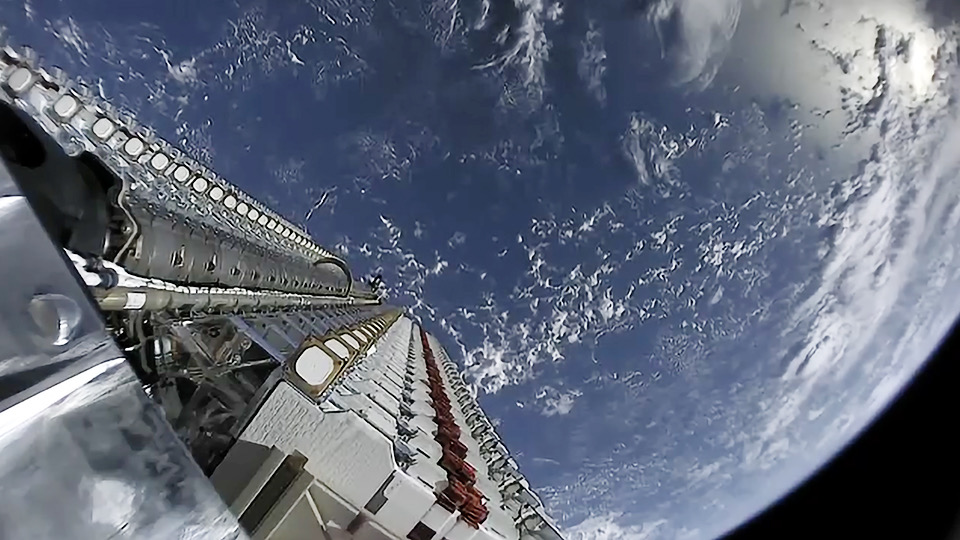When you think of the Central Intelligence Agency, what comes to mind? It could be one of dozens of things, depending on your feelings on espionage, but one thing that probably won’t come up are efforts to address climate change and environmental catastrophes. And yet a small group of scientists within the CIA spent decades engaged in a very unexpected type of work.
In an expansive article for The New York Times, William J. Broad explored the work done by Dr. Linda Zall over the course of several decades. Specifically, Broad’s article focuses on “[Zall’s] highly classified struggle to put the nation’s spy satellites onto a radical new job: environmental sleuthing.”
In 1960, the United States launched the first Corona satellite, used for spying on Cold War rivals and offering its users a never-before-seen view of the planet from above. It turns out that the images taken by Corona and its successors had other uses beyond identifying military sites and other locations of interest to intelligence operatives. Having a consistent and regularly taken set of images also allowed scientists to see how parts of the landscape were changing overall.
This was especially pronounced at the planets poles. “Spies had little use for sweeping Arctic and Antarctic images,” writes Broad. “But they dazzled environmentalists because Earth’s poles were fast becoming hot spots of global warming and melting ice.”
In 1990, Al Gore — then a Senator — made inroads about using the CIA satellite data for environmental research. Dr. Zall was assigned to the project, and it soon became her focus. Over the years that followed, she was involved with her counterparts elsewhere — including the Navy and in Russia — to expand the scope of the project.
Dr. Zall retired from the CIA in 2013, but the impact of the work she and her colleagues did remains vast. The CIA and environmental advocates might not be the most predictable of alliances, but it’s certainly had an impact on the way we think about climate change.
Subscribe here for our free daily newsletter.
Thanks for reading InsideHook. Sign up for our daily newsletter and be in the know.

















